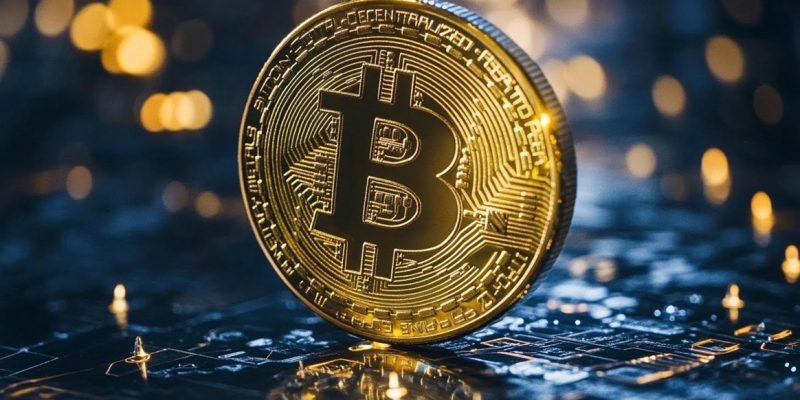Unsold tokens create complex scenarios project teams must address once presale periods conclude. Projects handle remaining token supplies through various mechanisms to maintain price stability and community trust. These decisions often determine long-term project success and investor confidence. The fate of unsold allocations depends on predetermined strategies outlined in project documentation and team commitments made during the tesla coin presale phase.
Token burning strategies
Many projects choose permanent token destruction as their preferred method for handling unsold allocations. Burning removes tokens from circulation forever, creating artificial scarcity that can boost remaining token values. This approach demonstrates team commitment to token holders and prevents future market flooding. Burning involves sending tokens to addresses where private keys are permanently lost or never existed. Smart contracts automate this process for transparency, allowing communities to verify destruction through blockchain explorers. Key benefits include:
- Reduced total supply increases scarcity for existing holders
- Eliminates future selling pressure from unsold tokens
- Builds community confidence through permanent removal
- Creates deflationary pressure that may support price appreciation
Some teams announce burning schedules in advance, while others execute immediate destruction after presale completion. The timing choice affects market psychology and investor expectations about future token performance.
Team allocation methods
Project teams frequently retain unsold tokens for operational purposes rather than eradicating them. These allocations fund development activities, marketing campaigns, and partnership agreements that benefit the overall ecosystem. Team-held tokens often come with vesting schedules that prevent immediate market dumps. Transparency becomes crucial when teams retain unsold tokens for operational use. Clear communication about intended usage prevents community backlash and maintains trust during early project phases. Teams typically allocate retained tokens across several categories:
- Development fund for ongoing project improvements
- Marketing budget for community growth initiatives
- Partnership incentives for strategic collaborations
- Emergency reserves for unexpected operational needs
Vesting periods for team-allocated tokens range from months to years, depending on project roadmaps and community agreements. These restrictions prevent immediate selling while allowing teams access to necessary funding for project advancement.
Future sale options
Some projects reserve unsold tokens rather than burning or immediately allocating them for future fundraising rounds. This strategy provides flexibility for additional capital raising as projects grow and require expanded funding. Future sales allow teams to adjust pricing based on market conditions and project progress. Reserved tokens for future sales require careful planning to avoid adverse market impact. Teams must balance fundraising needs with existing holder interests, often implementing price protections or exclusive access for early supporters. Strategic considerations include:
- Market timing for optimal sale conditions
- Pricing mechanisms that protect early investors
- Exclusive access privileges for existing community members
- Gradual release schedules that minimize market disruption
Redistribution possibilities
Community-focused projects sometimes redistribute unsold tokens to existing holders through airdrops or bonus allocations. This approach rewards early supporters while maintaining decentralized distribution patterns. Redistribution methods vary based on holder criteria and community governance decisions. Airdrop distributions require snapshot mechanisms that identify eligible recipients and prevent gaming attempts. Projects typically use holding duration, participation levels, or governance activity as distribution criteria. Common redistribution approaches include:
- Pro-rata distributions based on existing holdings
- Activity-based rewards for community participation
- Governance voting power for protocol decisions
- Staking bonuses for long-term token commitment
Unsold token management decisions reveal project priorities and long-term vision. These decisions shape token economics and community relationships that define project success trajectories.












Comments